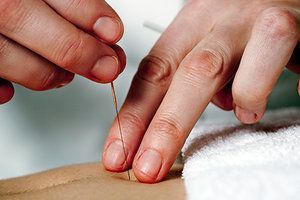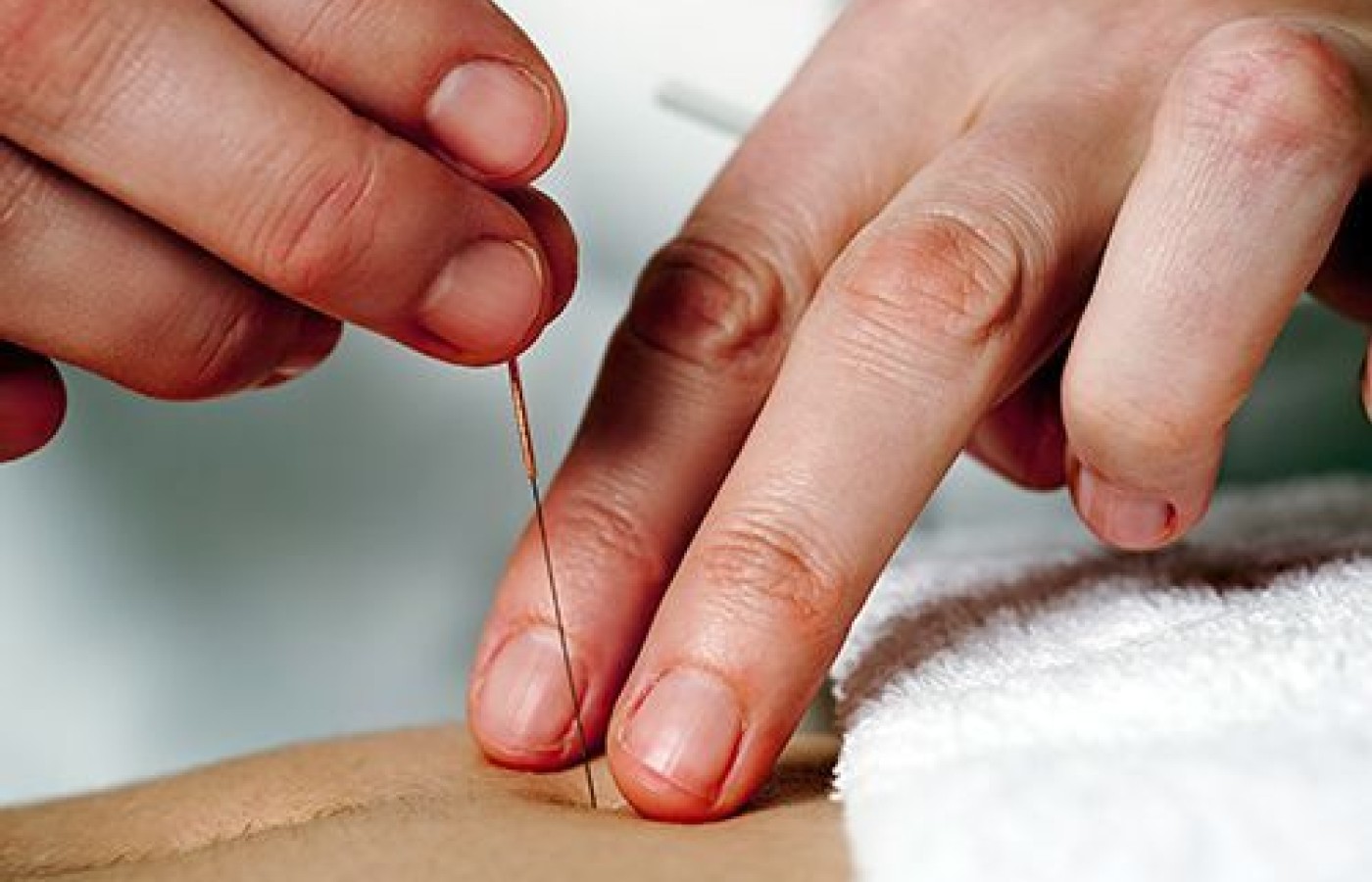Whether you accept it, avoid it or live somewhere in between, insurance coverage has become a defining issue for our profession. Patients increasingly expect to use their benefits, practitioners want to be compensated fairly for their time and expertise, and the system itself remains – at best – fragmented. The encouraging news is that coverage has expanded in meaningful ways. The challenging news is that reimbursement, across the board, remains inadequate.
Mechanism: Experimental Approaches to Understanding Acupuncture, Part 1
The clinical benefits of acupuncture are difficult to ignore, but also can be difficult to explain to a Western audience. For nearly 50 years, relentlessly inquisitive scientists and physicians have been working toward a conceptual model to explain acupuncture. This two-part article will offer an extremely abbreviated review of where research has been and where it may be going, offered as a possible starting point for conversations with interested patients.
In the interest of simplicity and focus, this overview will cover work addressing the question of how acupuncture works, not whether acupuncture works, an important separate area of research which often includes clinical trials. Here I will simply review the progress made toward understanding what happens during acupuncture. Work in this area typically begins by assuming that there is some measurable physiologic response to the treatment and designing methods to capture or modify that response.
Broadly speaking, a class of experiments was established in the 1970s and has been iteratively employed ever since. In this basic design, a specific acupuncture protocol and its measurable effect are the starting point. These systems often revolve around analgesia, as it is an established effect of acupuncture and easy to measure in animal models. The standard pain relief offered by acupuncture to some noxious stimulus is quantified and then experimental variables are tweaked to find out what can eliminate the analgesic effect. For example, endogenous opioids, those chemicals made by our own bodies which dull pain, were a natural target for such analgesic research. Investigators have created multiple experimental systems in which animals have a specific pain response and a predictable amount of relief from acupuncture. Then, researchers try different delivery methods and concentrations of a drug - such as naloxone - that blocks endogenous opioids. Some groups have observed that in the presence of naloxone, acupuncture loses its analgesic property, and they therefore conclude that endogenous opioids are part of the mechanism that mediates acupuncture's effects.

This same basic design has been used to test the role of other signaling molecules (such as hormones) and the role of specific anatomical structures which can be selectively damaged in experimental settings to test whether acupuncture effects require those structures. As early as 1978, an excellent review by Sung Liao of the then-current research concluded that, "acupuncture involves both the nervous system and certain humoral factors," meaning that both physical and chemical signaling networks were involved.1 This early research has been foundational to the field and consists of asking simple questions in complex systems.
As technology has evolved, new ideas have been applied to the question of acupuncture's mechanism. These new approaches can be characterized as asking complex questions in complex systems. Instead of trying to experimentally isolate a single cause and its effect, these newer approaches take advantage of our increased ability to collect and analyze huge amounts of data. As a result, experimental questions have moved away from the form: "Does acupuncture require X to work?" And toward questions like: "What effect does acupuncture have on X?"
For example, a group might ask, "What effect does acupuncture have on brain activity?" and perform MRIs on patients during treatment. More open-ended questions are possible because we are now better positioned to analyze large amounts of information, look for trends, and put any findings into biological context. Brain activity is better mapped than ever before, as is the chemistry of intra- and extra-cellular signaling, and immunological cross talk with endocrine and neurological systems.
This new reality is referred to as the age of "–omics" in the biologic sciences. Proteomics, genomics, lipidomics, transcriptomics, and metabolomics are just a few of the words which have begun to make their way into the popular press from the expanding world of biology research. Each refers to a research method that captures a large set of proteins, genes, etc. and creates a profile or fingerprint. When a set taken from one condition is compared to a set taken under a different condition, we can begin to see how a whole population of biologic components shift and adapt to circumstance.
An example of this newer approach was undertaken within an established system of pain relief. In this investigation, the experimental groups consisted of normal rats, rats with a particular pain condition, and rats with the pain condition treated with an electroacupuncture protocol shown to reduce pain from that condition. Tissue samples from each group were analyzed for the expression of 8,400 genes, and a sub-set of genes was identified which was altered between normal rats and rats in pain, but which returned to normal expression levels post-acupuncture. Confirming earlier findings, the researchers found that expression of an opioid receptor dropped in the rats with pain but returned to normal levels after acupuncture treatment. In addition, 67 other genes were found to follow such a pattern of disruption in pain and restoration to normal with acupuncture treatment, suggesting a multi-factorial response to acupuncture.2
More complex questions have been running concurrently with the older model of research for the last 15 years or so, and today we have a staggering list of possible players in acupuncture's mechanism. A recent review cites bioactive molecules in cerebrospinal fluid, blood serum, organs, and the acupoints themselves.3 Meanwhile, the acupoints and meridians have been studied as anatomical structures distinct from the nervous system. They are now sometimes thought of as being primarily composed of connective tissue, with the winding of this connective tissue around needles creating mechanical stress which activates surrounding cells to mobilize or signal more widely.4 As an example of the level of complexity emerging from this type of research, a recent paper utilizing this model of mechanical stress and subsequent chemical signaling was entitled, "Acupuncture modulates the neuro-endocrine-immune network."5 In Part 2 of this article, I will explore some ways in which we could leverage our current knowledge and methods to ask complex questions in simple systems, a relatively unexplored possibility for acupuncture research, but one that holds a particular interest for me since I was trained to do research at the level of cells rather than on whole organisms.
References:
- Liao SJ. Recent advances in the understanding of acupuncture. Yale J Biol Med. 1978 Jan-Feb;51(1):55-65.
- Ko J, Na DS, Lee YH, Shin SY, Kim JH, Hwang BG, Min BI, Park DS. cDNA microarray analysis of the differential gene expression in the neuropathic pain and electroacupuncture treatment models. J Biochem Mol Biol. 2002 Jul 31;35(4):420-7.
- Wang Y, Yin LM, Xu YD, Lui YY, Ran J, Yang YQ. The research of acupuncture effective biomolecules: retrospect and prospect. Evid Based Complement Alternat Med. 2013;2013:608026.
- Langevin HM, Churchill DL, Cipolla MJ. Mechanical signaling through connective tissue: a mechanism for the therapeutic effect of acupuncture. FASEB J. 2001 Oct;15(12):2275-82.
- Ding SS, Hong SH, Wang C, Guo Y, Wang ZK, Xu Y.Acupuncture modulates the neuro-endocrine-immune network. QJM. 2014 May;107(5):341-5.



